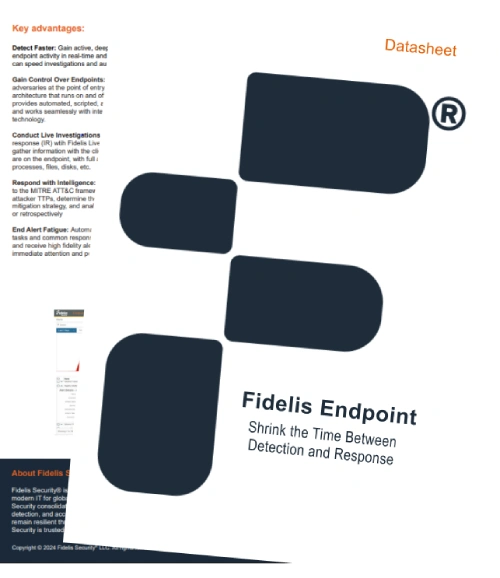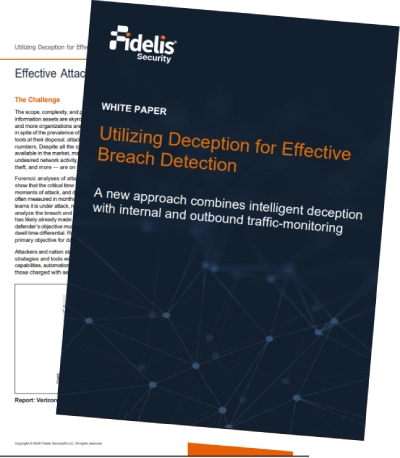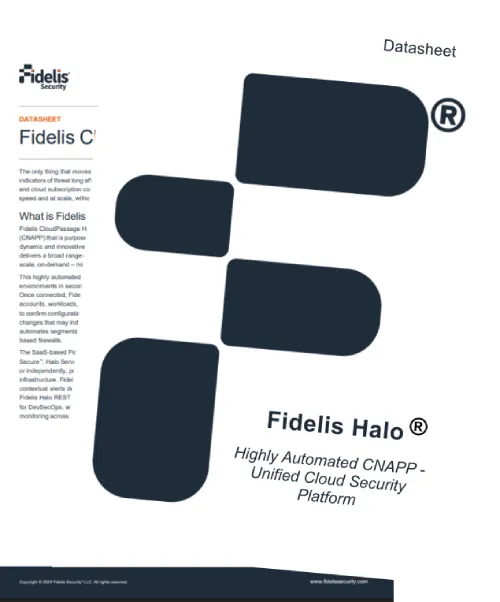
Automated Endpoint Security Solutions: How Do They Reduce Threats?
Key Takeaways Automated endpoint security cuts out the delays that kill manual approaches. Machine learning, behavioral […]

Top Trends in Deception Technology: Predictions for 2026
Key Takeaways Deception technology is evolving fast—from static honeypots to adaptive, realistic decoys that mirror production […]

The Science of Product Page UX: What Actually Makes Shoppers Click Buy
A high-performing product page is not luck. It is a science built on psychology, clarity, structure, […]

Top CNAPP Vendors and Which One Should You Pick
Key Takeaways Six leading CNAPP vendors dominate 2025: Fidelis Security Halo®, Wiz, Microsoft Defender for Cloud, […]
Recover s2k Mode 0 Session Key from Passphrase
TL;DR This guide shows you how to recover an s2k mode 0 session key when all […]
Spotting Phishing Emails: A User Guide
TL;DR Phishing emails try to trick you into giving away personal information. This guide shows you […]
Stop Phishing: A Practical Guide
TL;DR This guide gives you simple steps to protect yourself and your organisation from phishing attacks. […]
Stopping Forensic Tools
TL;DR This guide shows you how to make it harder for someone trying to investigate your […]
Secure WebSockets: Stopping Denial of Service
TL;DR WebSockets are great for real-time apps, but they’re vulnerable to DoS attacks because a single […]
CSRF Protection: Tokens vs Referer Checks
TL;DR Anti-CSRF tokens are much more reliable than relying on the Referer header or simple POST […]